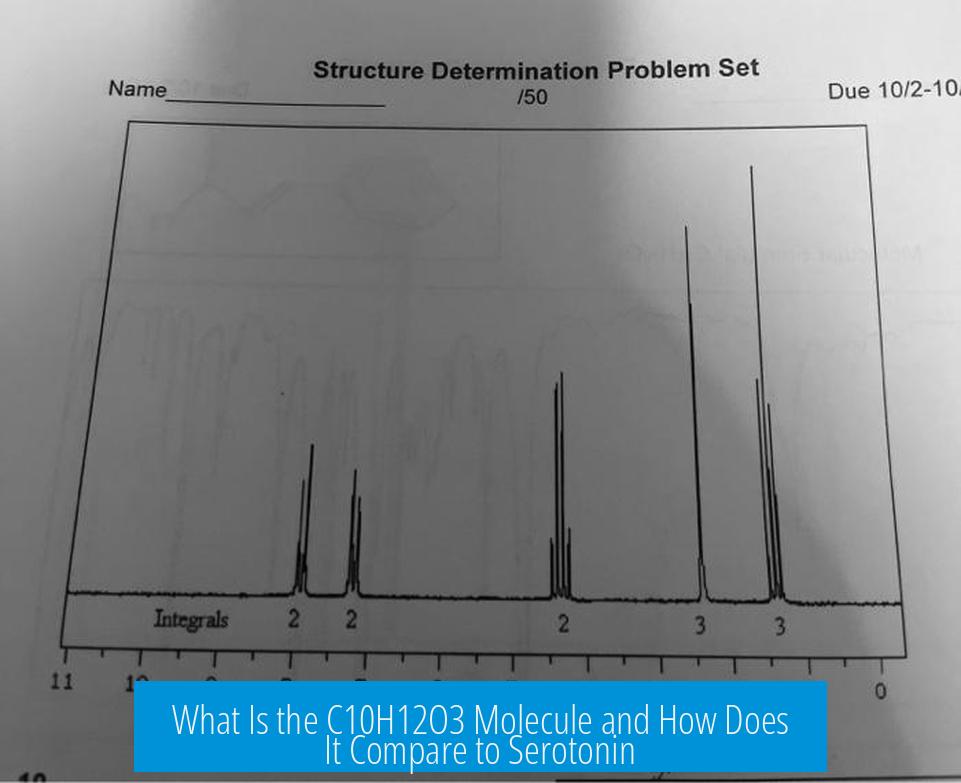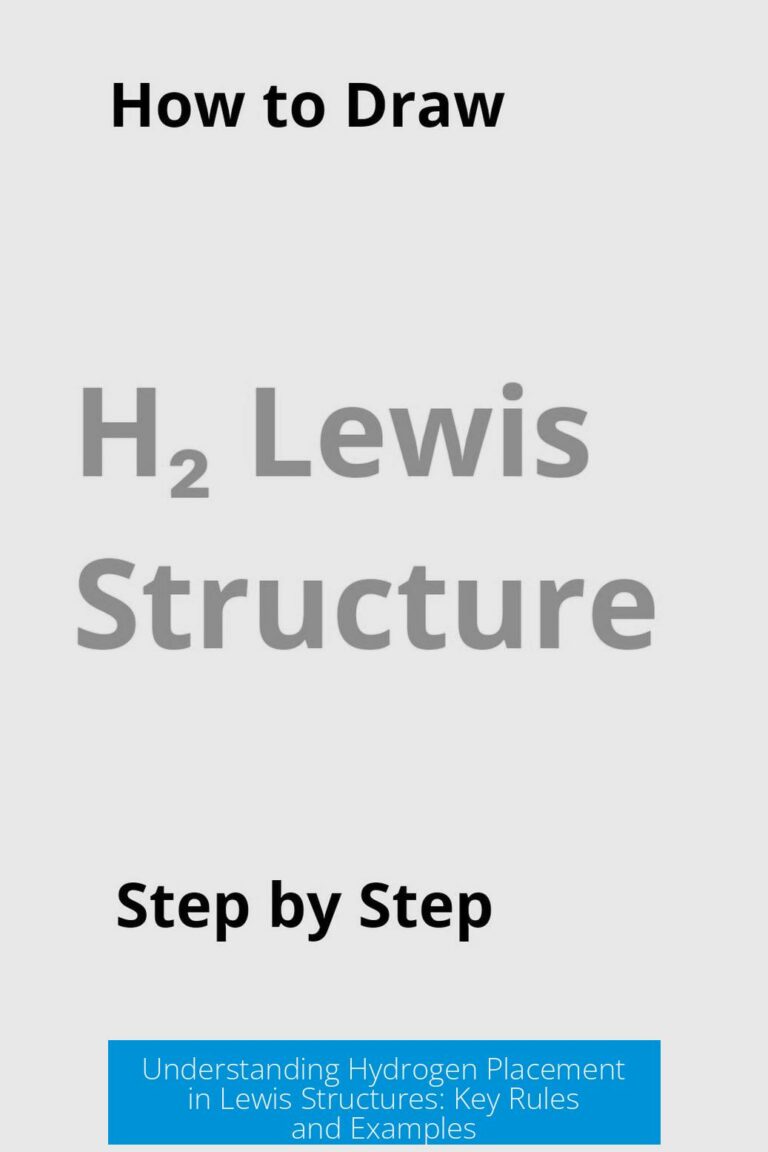What Is This Molecule? C10H12O3 Compared to Serotonin
The molecule with formula C10H12O3 superficially resembles serotonin but does not represent serotonin. It differs mainly by having oxygen atoms instead of nitrogen atoms, invalidating its identity as serotonin. This discrepancy arises from the incorrect depiction of heteroatoms and flawed molecular notation.
Structural Comparison to Serotonin
Serotonin, chemically known as 5-hydroxytryptamine (C10H12N2O), contains nitrogen atoms crucial to its structure and function. The molecule in question, C10H12O3, lacks nitrogen and instead has an additional oxygen atom, which is unusual for serotonin analogs. This affects the indole ring and side chains, altering the molecule’s chemical identity significantly.
Sometimes, in non-technical illustrations like jewelry or tattoos, circles replace elemental symbols to denote heteroatoms. If these circles represent oxygen atoms rather than nitrogen, the molecule stops being serotonin and becomes a different compound, possibly an obscure tryptamine derivative or an unrelated species.
Molecular Formula and Functional Groups
The formula C10H12O3 suggests the molecule contains three oxygen atoms and no nitrogen. Serotonin’s structure requires nitrogen in its indole ring and in the amine side chain. Mislabeling oxygen in place of nitrogen changes functional groups such as amines to ethers or hydroxyls, radically shifting chemical properties.
Correct organic nomenclature demands clear representation of heteroatoms and charge states, especially for bioactive molecules like serotonin. The absence of nitrogen and charge leads to misidentification.
Common Misrepresentations and Their Consequences
- Use of circles instead of elemental symbols often appears in artistic or commercial contexts, such as tattoos or jewelry.
- This leads to confusion and incorrect molecular identification because organic chemists rely on explicit notation.
- For example, a tattoo intended to depict serotonin but showing oxygen circles in place of nitrogen causes misunderstanding about the molecule’s nature.
Implications and Chemical Accuracy
The molecule C10H12O3 might be an obscure breakdown product or intermediate, possibly encountered during mass spectrometry, but it cannot be serotonin. Accurate molecular formulas and structures are essential for clear chemical communication.
Key Takeaways
- C10H12O3 is not serotonin; it differs by replacing nitrogen with oxygen atoms.
- Serotonin requires specific nitrogen atoms in its indole ring and side chain.
- Replacing elemental symbols with generic circles causes misidentification.
- Non-technical representations can distort chemical understanding.
- Proper notation and molecular formula are critical for correct molecule identification.
What is the main difference between this C10H12O3 molecule and serotonin?
Serotonin contains nitrogen atoms where this molecule shows oxygen atoms. The C10H12O3 formula and circles representing oxygens differ from serotonin’s correct nitrogen-containing structure.
Why does this molecule sometimes appear with circles instead of element symbols?
Circles often replace letters for heteroatoms in artistic or jewelry designs. This approach can mislead viewers, as it hides correct elemental identities like nitrogen in serotonin.
Can this molecule really function as serotonin in the body?
No. This molecule lacks nitrogen atoms critical for serotonin’s biological function. It may represent an intermediate species or a misinterpreted analog.
Why do some tattoos or designs misrepresent serotonin’s structure this way?
Designers sometimes simplify or stylize the molecule, using circles instead of letters for heteroatoms. This artistic choice sacrifices chemical accuracy for visual effect.
What would be the correct molecular formula for serotonin?
Serotonin’s correct formula is C10H12N2O, reflecting its nitrogen atoms. Any formula with three oxygens like C10H12O3 does not match serotonin’s true structure.





Leave a Comment